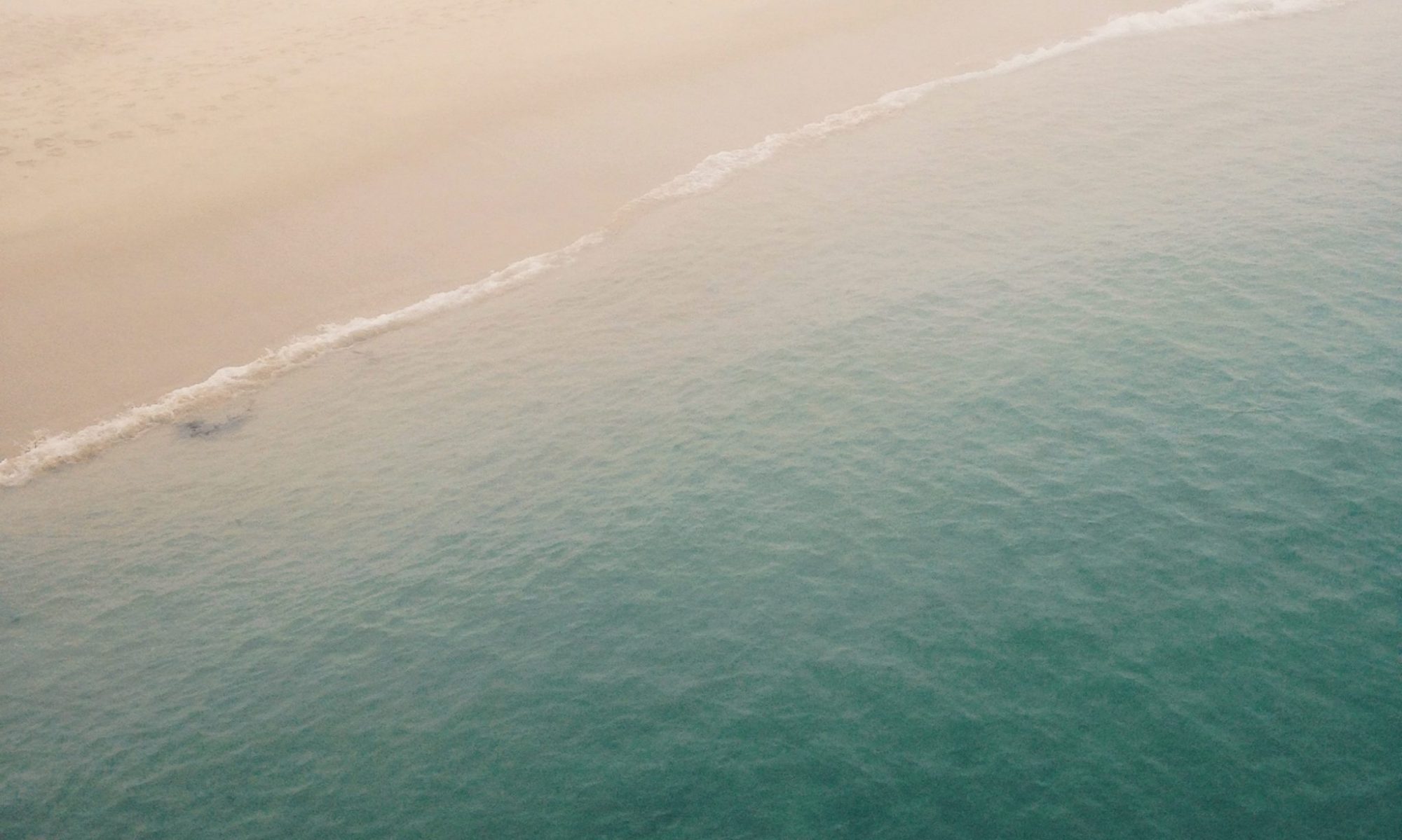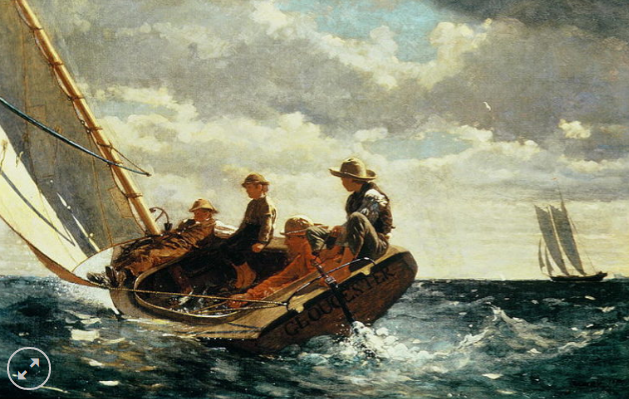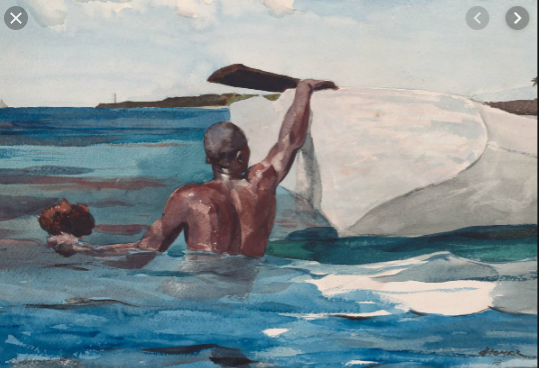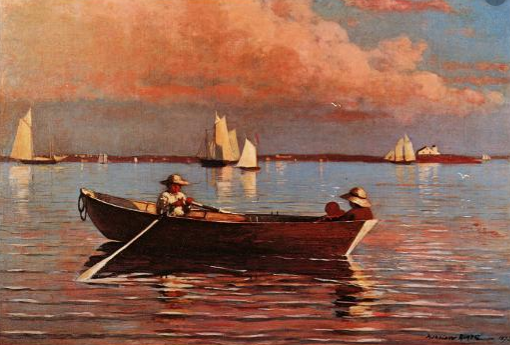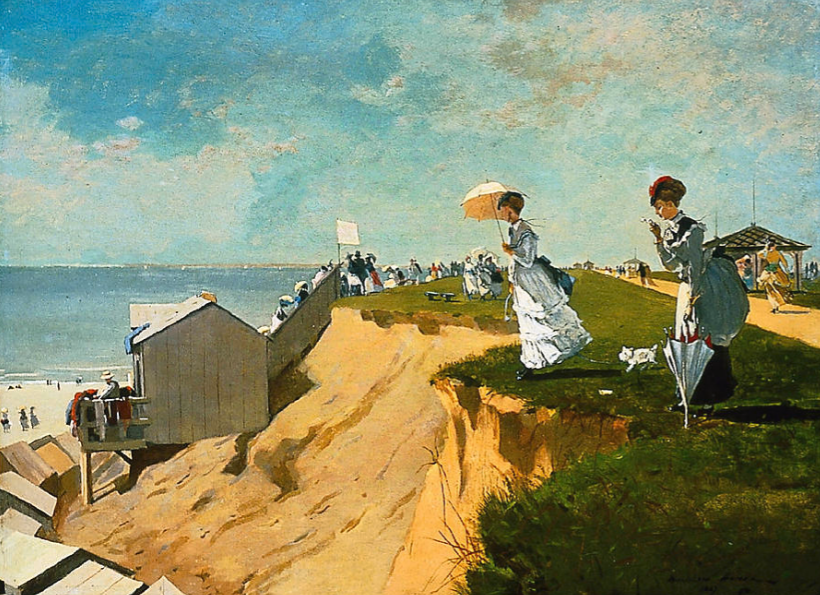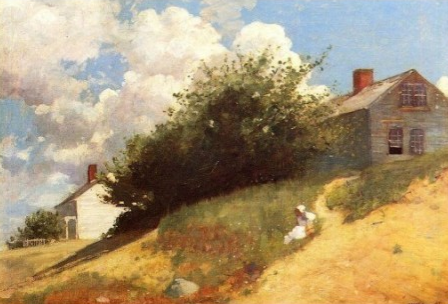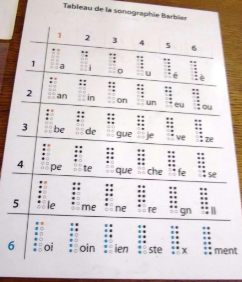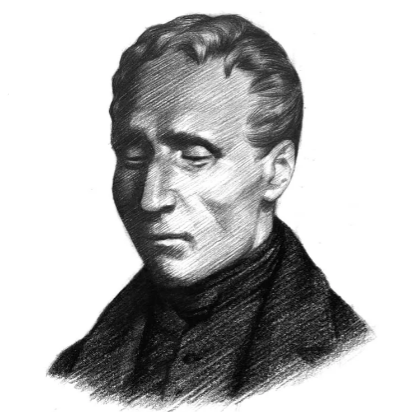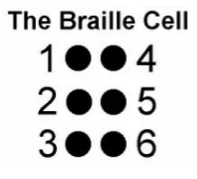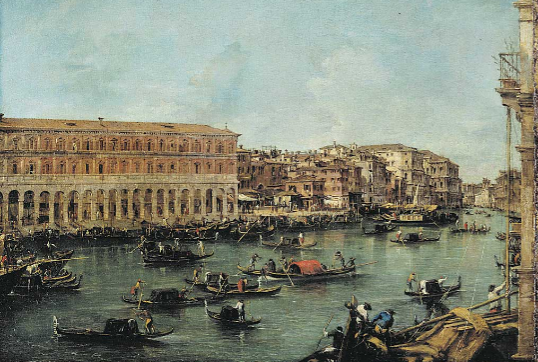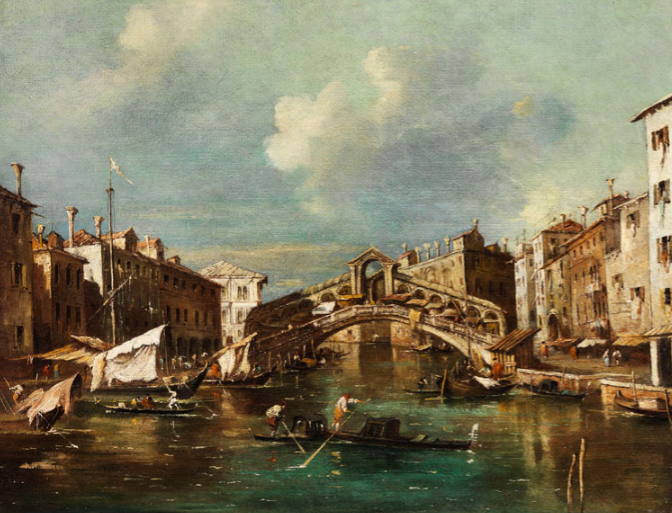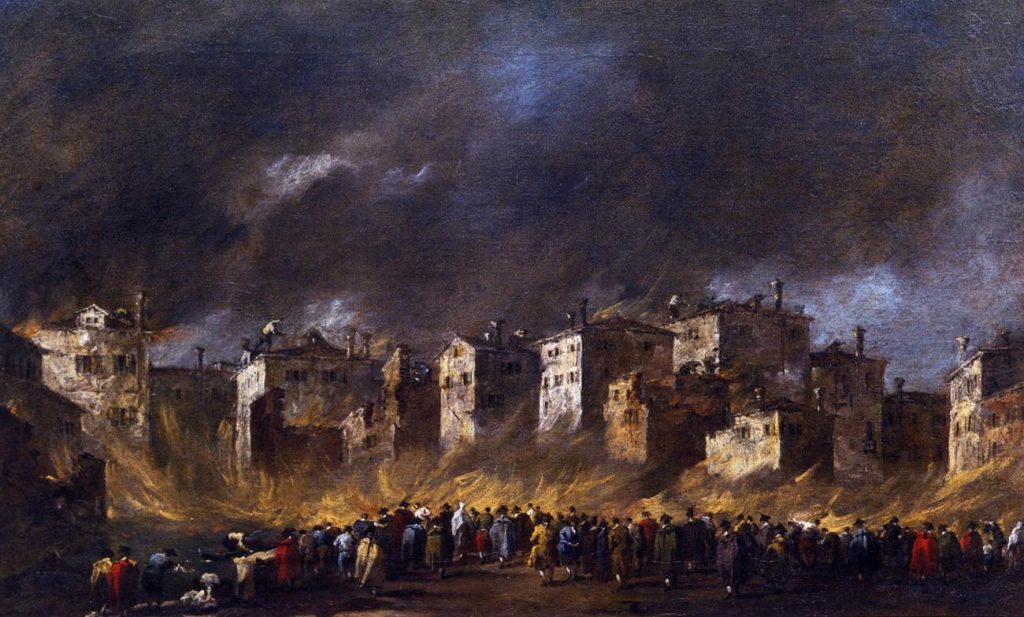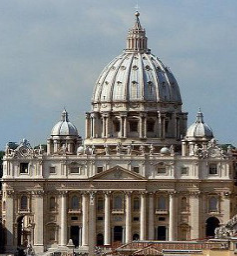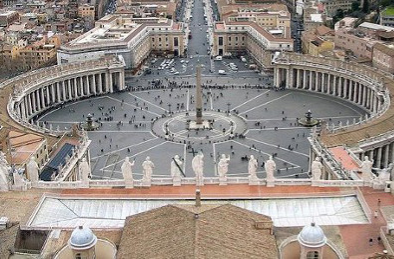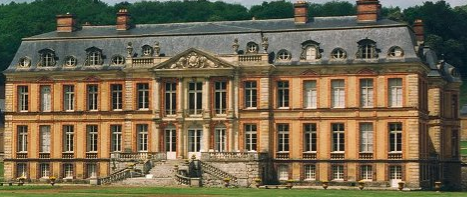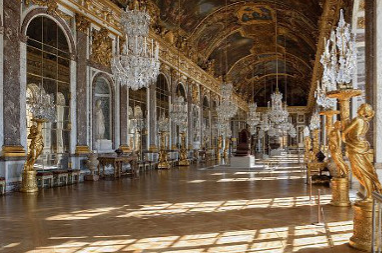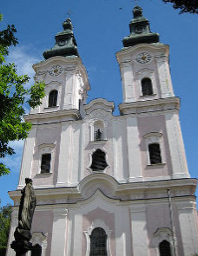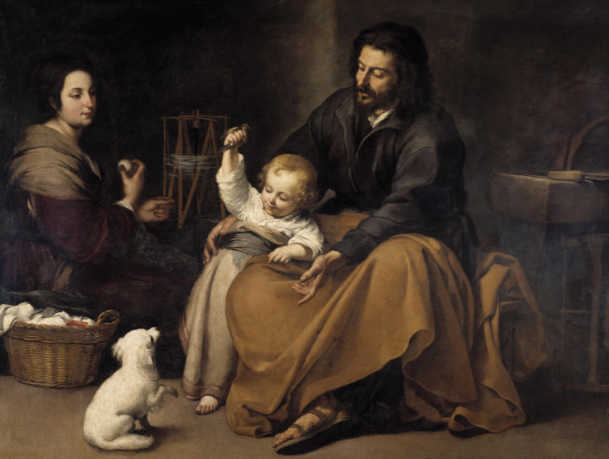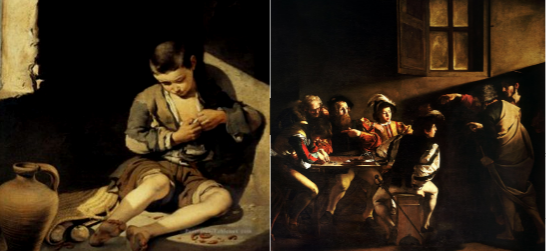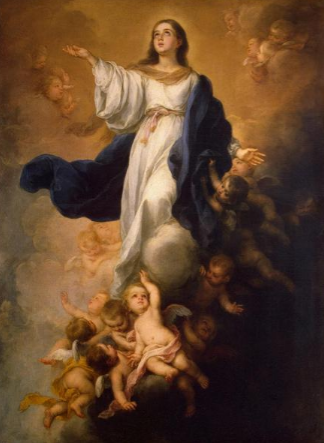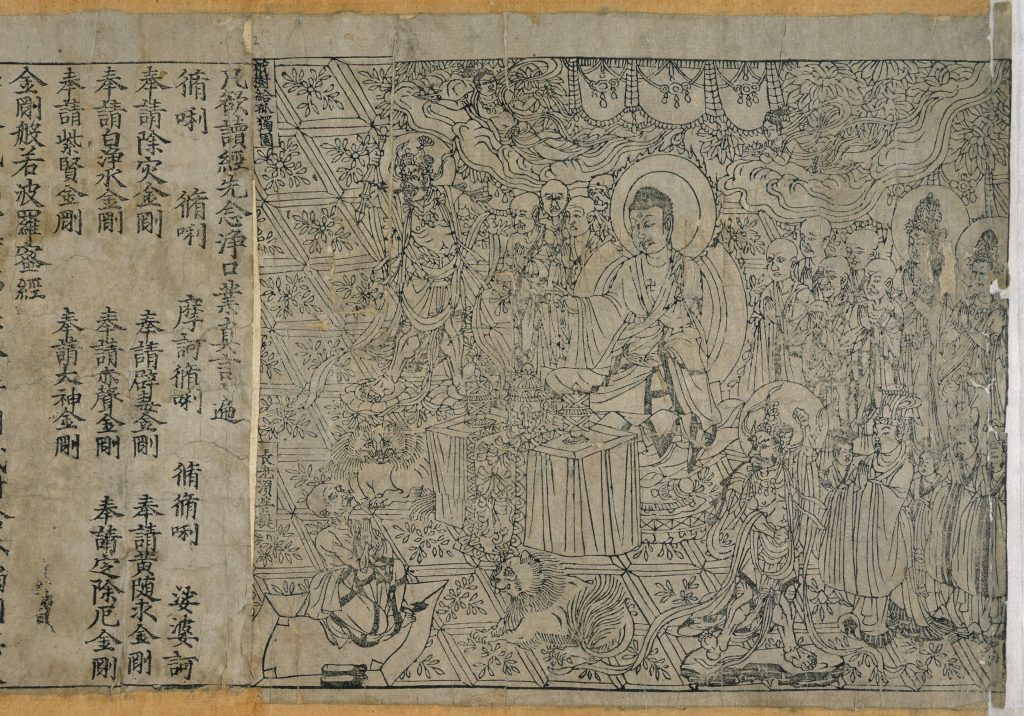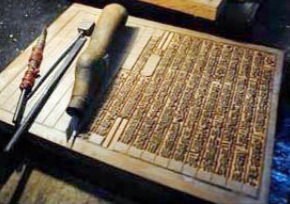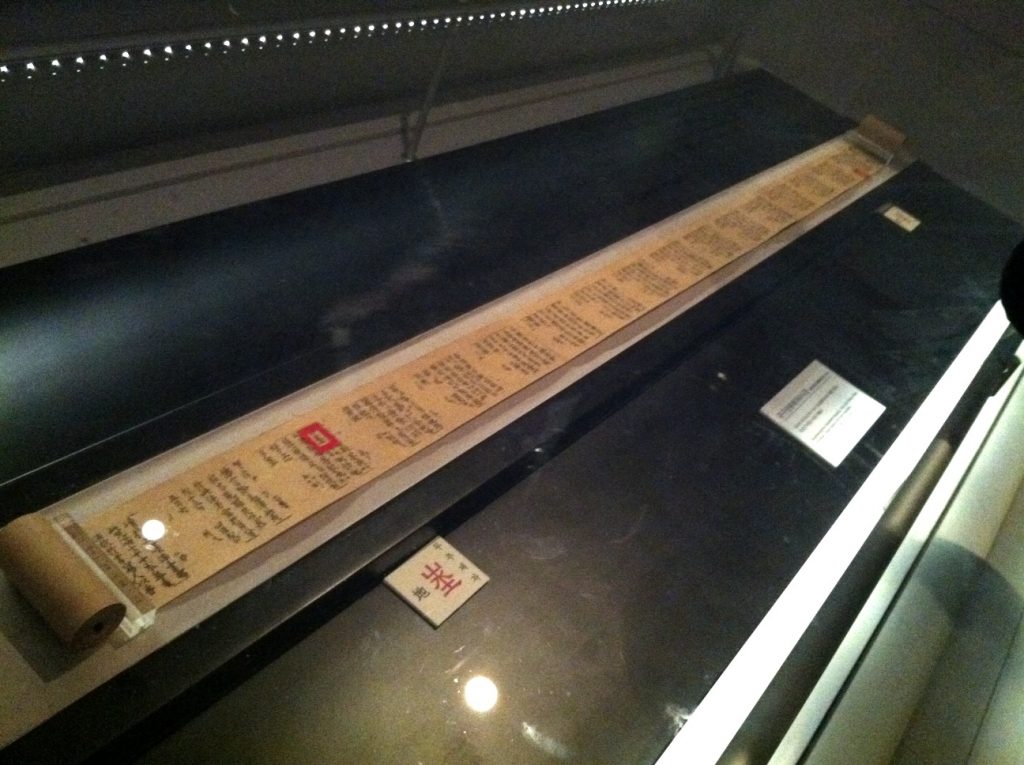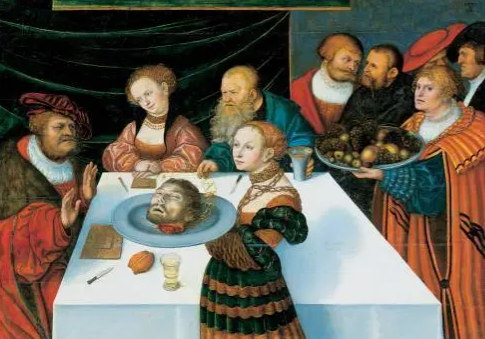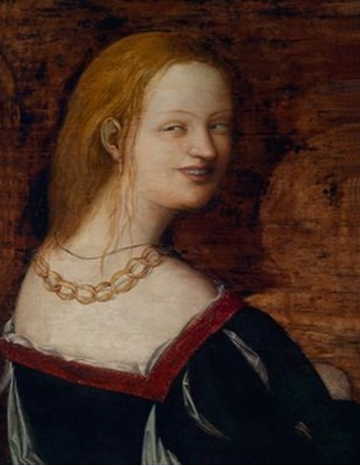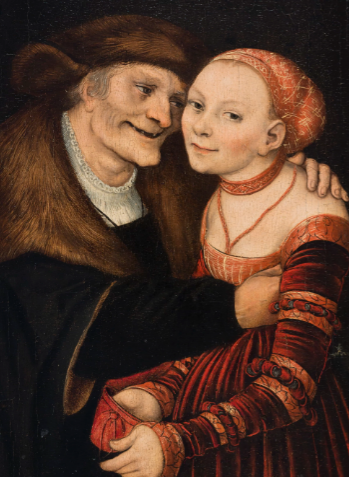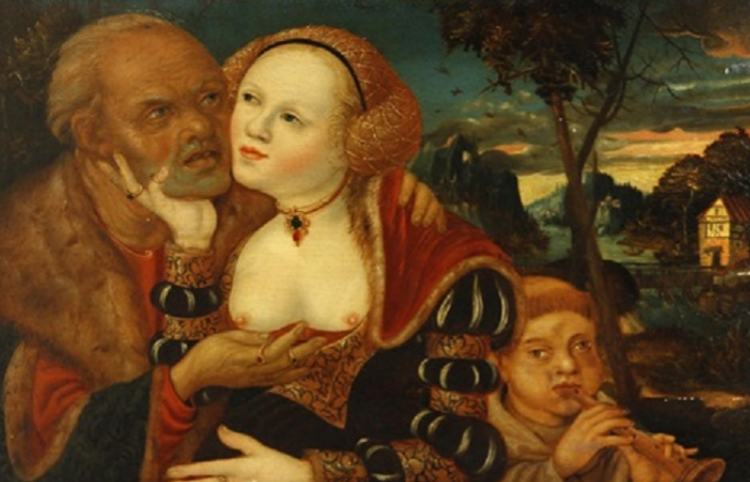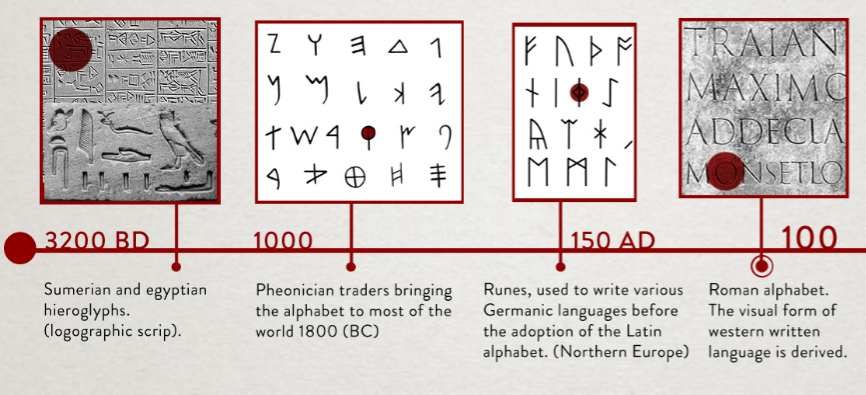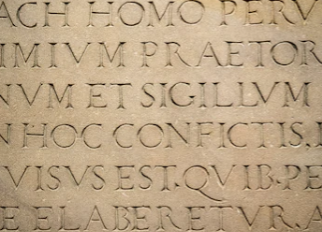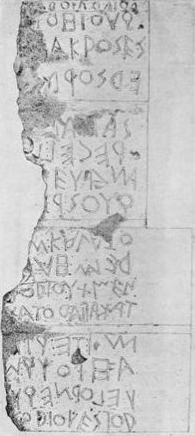How George Eastman Changed photography forever.
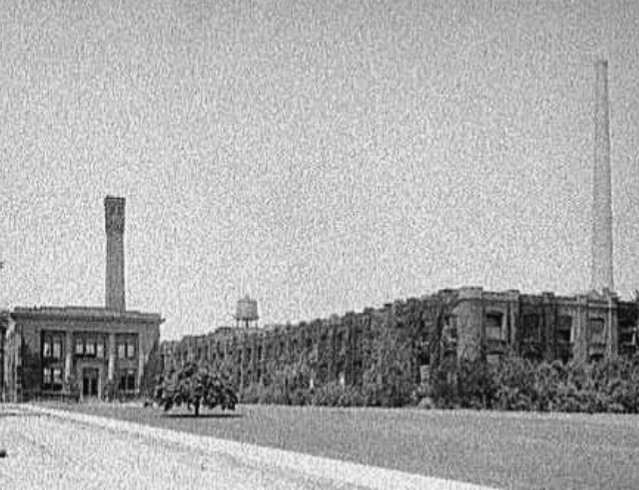
https://www.thoughtco.com/george-eastman-history-of-kodak-1991619
Today, almost everyone knows what a “selfie” is, however, the selfie would never be possible without a man named George Eastman. In 1888, inventor George Eastman invented a game-changing kind of dry, transparent, flexible photographic film that came in a roll. The film was designed for use in Eastman’s newly designed, user-friendly Kodak cameras. This innovative camera and film combination opened the pursuit of photography to a whole new breed of photographers, allowing amateurs to ply the craft alongside professionals with amazing and relatively easy to achieve results.
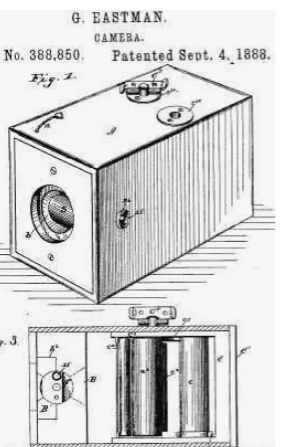
https://www.thoughtco.com/george-eastman-history-of-kodak-1991619
The Kodak Company was born in 1888 with the debut of the first Kodak camera. It came pre-loaded with enough film for 100 exposures and could easily be carried and handheld during its operation. “You press the button, we do the rest,” Eastman promised in the advertising slogan for his revolutionary invention.
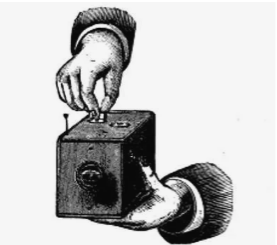
https://www.thoughtco.com/george-eastman-history-of-kodak-1991619
After the film was exposed—meaning all 100 shots were taken—the whole camera was returned to the Kodak company in Rochester, New York, where the film was developed, prints were made, and a new roll of photographic film was inserted into the camera. The camera and prints were then returned to the customer, for the whole cycle to be repeated again.

https://en.wikipedia.org/wiki/Kodak
George Eastman though long and hard about the perfect name for his company. “A trademark should be short, vigorous, incapable of being misspelled,” George Eastman said, explaining the process by which he’d come to name his company. “The letter ‘K’ had been a favorite of mine. It seems a strong, incisive sort of letter. It became a question of trying out a great number of combinations of letters that made words starting and ending with “K.”
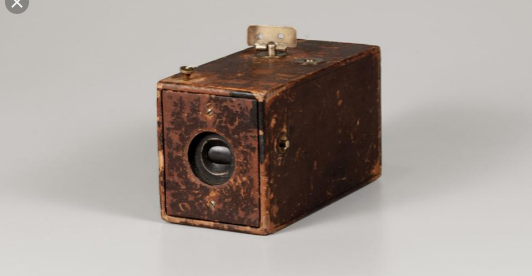
https://www.eastman.org/camera-obscura-revolutionary-kodak
References
Bellis, Mary. “The History of Kodak: How Rolled Film Made Everyone a Photographer.” ThoughtCo, ThoughtCo, 5 Oct. 2019, https://www.thoughtco.com/george-eastman-history-of-kodak-1991619.
“From the Camera Obscura to the Revolutionary Kodak.” George Eastman Museum, https://www.eastman.org/camera-obscura-revolutionary-kodak.
